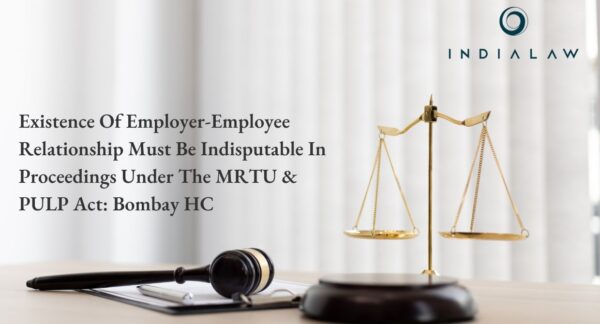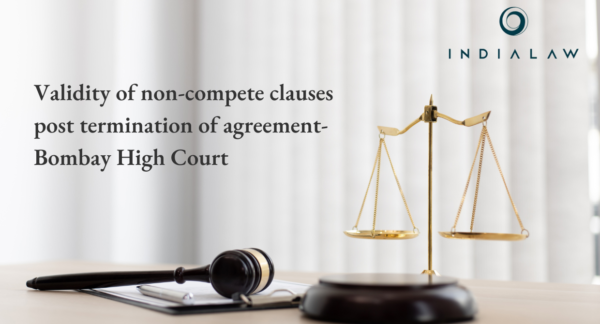Ravindra Babulal Jain and Anr. v State of Maharashtra and Anr.

By Pankhuri Malik & Varsha G Subramanian
Introduction
In the case of Ravindra Babulal Jain and Anr. v State of Maharashtra and Anr.[1] the Bombay High Court has held that fraudulently evading stamp duty may not always lead to forgery under the Indian Penal Code.
Facts
In this case the applicants purchased a plot of land at rate of Rs. 3500/- per square metre while rate mentioned in the ready reckoner was Rs.4100/- per square meter. The allegation against accused was they deliberately misquoted market price of the concerned property to evade stamp duty by Rs.12,76,000/- by using false and forged documents as genuine ones and conniving with the then Assistant Sub-Registrar II and the Office Clerk of the Assistant Sub-Registrar II, who are co-accused in the case. The prosecution went as far as to allege, that there was a racket in existence at the office of Sub Registrar that helped builders evade stamp duty. The prosecution alleged the applicants were part of this scam of fraudulently providing false information and misrepresenting market value of the property so as to cheat the Government.
An offence was filed against the Applicants and two others under Sections 119, 167, 418, 468,471 read with Section 34 of the Indian Penal Code, Section 13(1)(d) read with Section 13 (2) of Prevention of Corruption Act and Sections 59 and 62 of the Bombay Stamps Act, 1958.
Decision of the Court
It was held by the Court that even if it is assumed that the document submitted by Applicants did in fact contain a false claim, it still would not give rise to an offence of forgery. A mere misrepresentation or misquoting of facts does not render a document forged. A document is considered to be forged if it appears to have been signed or sealed by a person who did not actually sign or seal the same. Even if the allegations laid down in the FIR were accepted in their entirety to be true, they would still not constitute an offence under Section 468 of the IPC.
It was further held that merely because cover page of ‘Deed of Sale’ and the input form states market price of property to be Rs.3500/- instead of Rs.4100/- per square metre – the correct market price of property for the year 2008 according ready reckoner records — the document cannot be held to be falsified or forged. In any event, for the purpose of Stamp Act guideline, value alone is not a factor to determine value of property, and the authorities cannot regard the guideline valuation as the last word on the subject of market value. The value stated in the guideline only lays down one of the factors on the basis on which valuation of the property is to be done. Moreover, the registering officer, i.e. the Sub-Registrar has the authority to refer the documents submitted to him to the Collector for determination of the true market value of the said property under Section 32 A (2) of the Bombay Stamps Act, 1958. Since the Sub-registrar did not resort to this course, he impliedly accepted the value set-forth in the instrument to be the true market value of the subject property.
Also, the property in question was purchased by way of an open auction and under the definition laid down in Section 2(na) of the Stamp Act, the amount for which the said property was sold, is the true market value for the property at the time. The property is located in Green Zone and price paid by applicants is the optimum price. Hence, the Sub-registrar did not conduct any inquiry or object to the market value of the property in question.
The High Court also held that in case of evasion of stamp duty, only penal provisions mentioned under the Bombay Stamps Act, 1958 i.e. Sections 59 and 62 could be invoked. The provisions of the Indian Penal Code will not apply, since specific provisions for the offence are provided under the Stamp Act itself. Consequently, the FIR lodged against the applicants and the co-accused was quashed.
[1] CRI.APPLICATION NO.4614/2012




